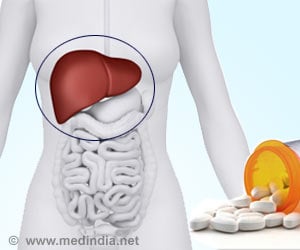Prisons provide one of the most significant opportunities to drive down the prevalence of hepatitis C, and help reach global WHO elimination goals.

‘Prisons provide one of the most significant opportunities to drive down the prevalence of hepatitis C, and help reach global WHO elimination goals.’





Prisons provide one of the most significant opportunities to drive down the prevalence of hepatitis C, and help reach global WHO elimination goals, suggested a new research presented at the 5th International Symposium on Hepatitis Care in Substance Users today. "On the downside, it is clear that prisons act as incubators of hepatitis C, driving the epidemic both within the prison system and in the community at large," said Professor Andrew Lloyd of the University of New South Wales in Australia who leads hepatitis research in the prison system in that country.
"On the plus side, they also offer a unique environment to cure people of the disease and address the risk behavior that fuels transmission. If we can turn prisons around, and use them to treat hepatitis C rather than facilitate its spread, then we can save lives, reduce the overall burden of disease and take concrete steps towards disease elimination."
A new modelling analysis - presented at INHSU 2016 and led by Professor Peter Vickerman at Bristol University's Division of Global Public Health - looked at hepatitis C transmission in scenarios mimicking four global settings: Scotland, Australia, Ukraine and Thailand. It found that prison could contribute massively to overall HCV transmission, whereas introducing prevention programs in prison and amongst individuals transitioning back to the community could significantly reduce these infections. The study is published as part of a recent Lancet-commissioned report on drugs and health.
Additional modelling studies in the UK have also shown that treatment with new highly effective therapies could also have a substantial impact, and could be cost-effective if continuity of care is ensured.
Advertisement
So far, Australia is one of the only countries to look at the mass scale up of new hepatitis C treatment combined with prevention programs in a prison setting. Health experts at INHSU 2016 say the evidence indicates it is now time for other countries to follow their lead.
Advertisement
"Scaling up harm reduction programs and introducing testing and treatment strategies could potentially reduce and even reverse hepatitis C transmission and help us reach the WHO elimination goals. Yet, screening and treatment for hepatitis C is rarely made available to inmates. If we are serious about treating this disease, we need to seize the opportunity prisons present and make testing, treatment and prevention in this setting a priority."
Source-Eurekalert















